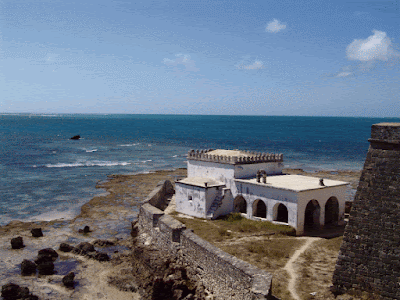20 Interesting Facts About the Arctic Ocean

The Arctic Ocean is the northernmost of the five oceans , while the North Pole lies in the middle of this ocean. Six countries (Russia, Norway, Iceland, Greenland (Denmark), Canada, and the USA) of three continents ( Asia , Europe, and North America) surround the Arctic Ocean. Sea ice in the Arctic Ocean grows and shrinks during winter and summer. The ice reaches its maximum extent in March and shrinks to its minimum level in September annually. Warmer temperatures are responsible for the rapid shrinking of the Arctic ice. Satellite observations have measured Arctic ice each year since 1979. The summer Arctic ice is now shrinking at 12.2% per decade compared to its average shrinking from 1980 to 2010. Scientists measured the lowest summer Arctic extent (3.39 million square km) in September 2012. ( Source ) Storms in the Arctic Ocean usually occur in the winter. However, an extraordinary storm during the summer (August) of 2012 detached a large amount of ice from the ocean. The 2012 Ar
_(white_background).jpg)







